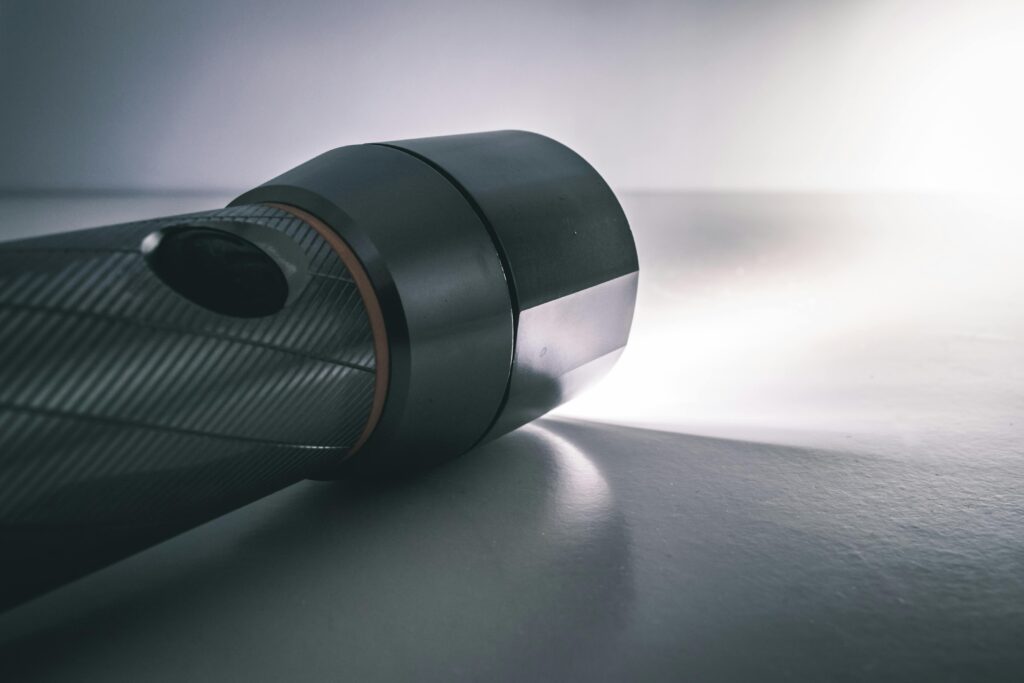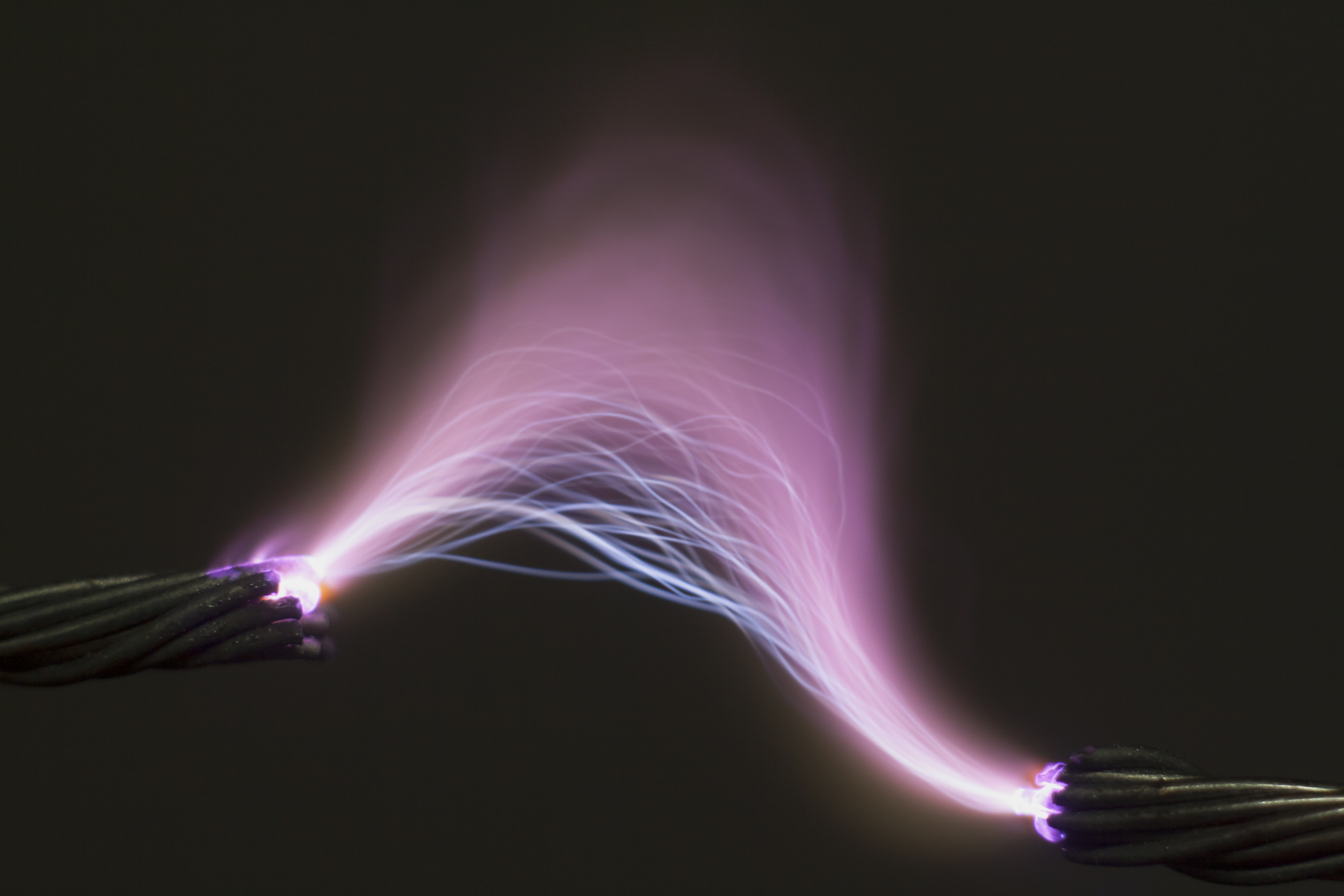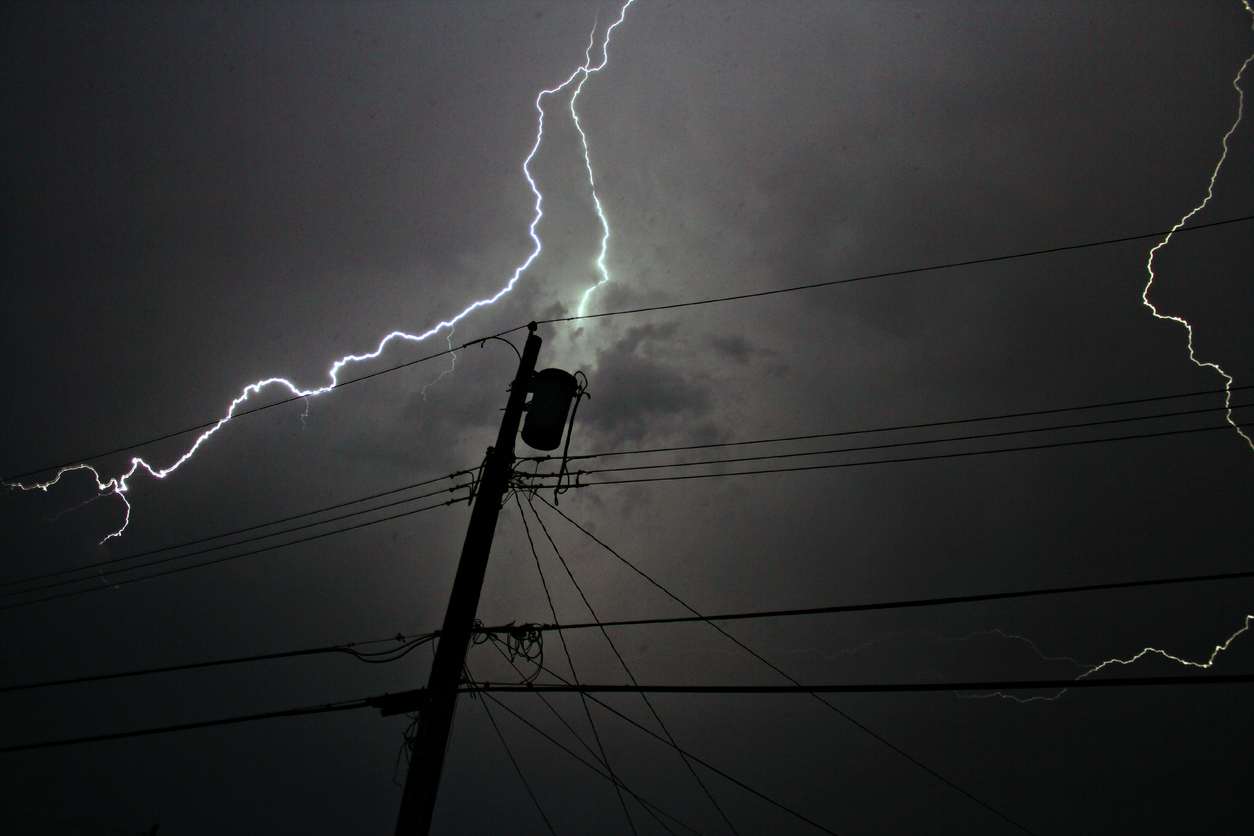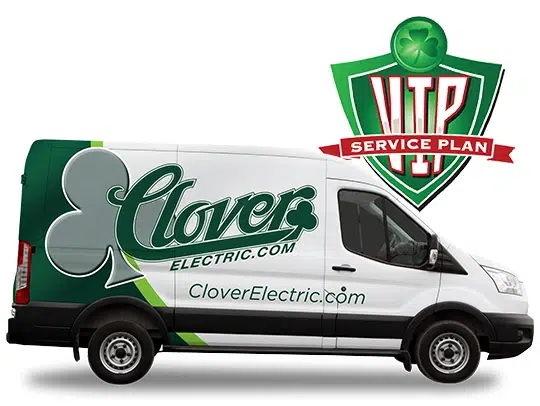What you need to know before restoring power to a water damaged home
We all know that water and electricity don’t mix. Plumbing disasters like frozen pipes, broken sump pumps, and flooded basements from heavy rain storms can lead to extensive water damage in the home. After the water and mess has been cleaned up and everything has dried out, how can you be sure your home’s electrical system is operating safely and reliably?
Before powering up your home again after water intrusion, it’s important to have a qualified electrician perform a thorough evaluation of your electrical equipment. Turning the power back on when there are water damaged electrical devices or equipment before it’s determined to be safe can result in an electrical fire, shock, electrocution, and further damage to the home’s electrical system.
Any water-damaged equipment can pose a serious long-term safety and fire risk if not properly repaired. Even if the equipment looks perfectly clean and is fully dried, water contaminated with chemicals, sewage, oil, and other debris can affect the safe operation and performance of electrical equipment.
Which Electrical Equipment Must Be Replaced?
Water damaged equipment that must be replaced, includes:
- Arc-Fault and Ground-Fault Circuit Interrupters
- Lightning, ballasts, and LED Drivers
- Fuses
- Circuit Breakers
- Outlet and Junction Boxes
- Receptacles
- Surge Protection Devices
- Switches and Dimmers
- Transformers
- Uninterruptible Power Supply (UPS) Units
Water damaged equipment that can be reconditioning in some cases:
- AC Circuit Breakers
- Low and Medium Voltage Switchgear
- Motors
- Panelboards
- Switchboards
- Wiring that has not been fully exposed to water
If your home has experienced water damage, play it safe. Call Clover Electric for a safety evaluation before restoring power.






